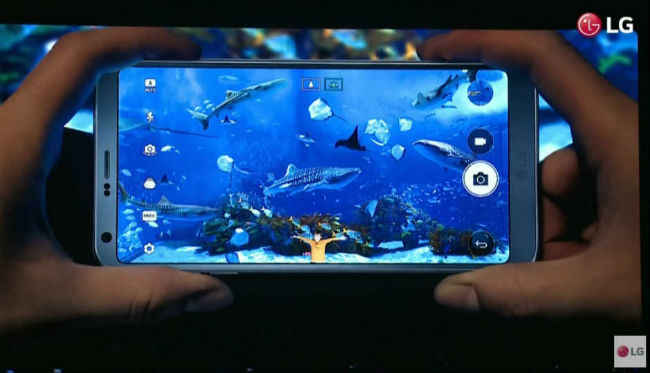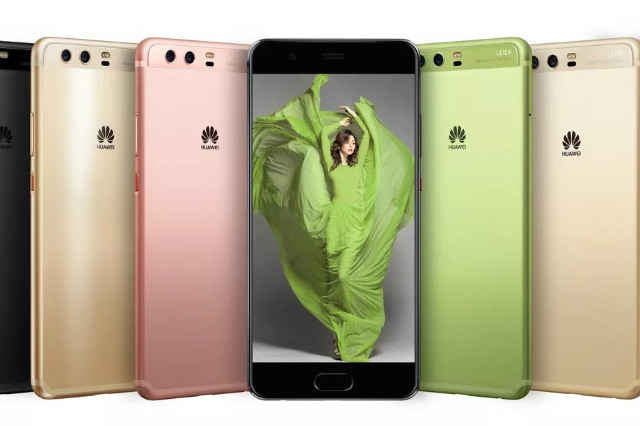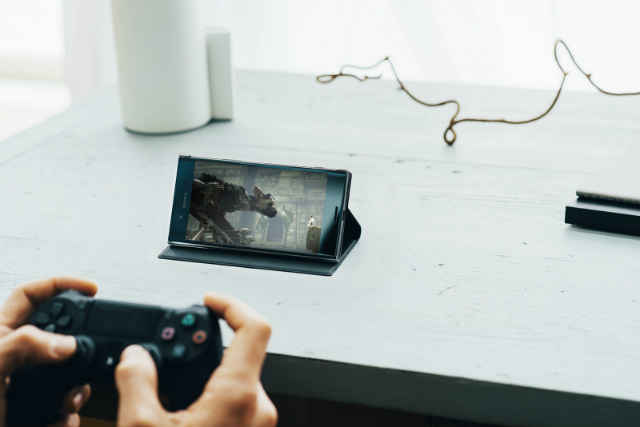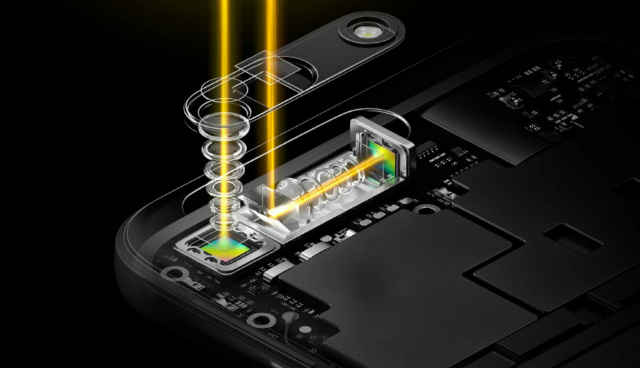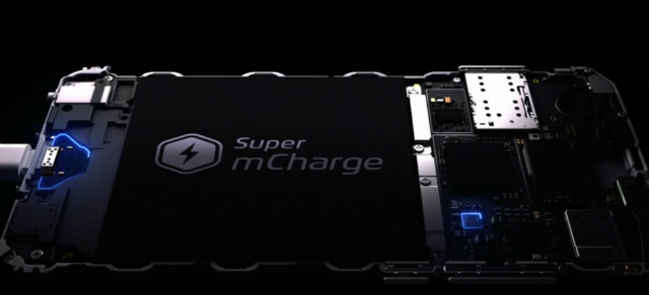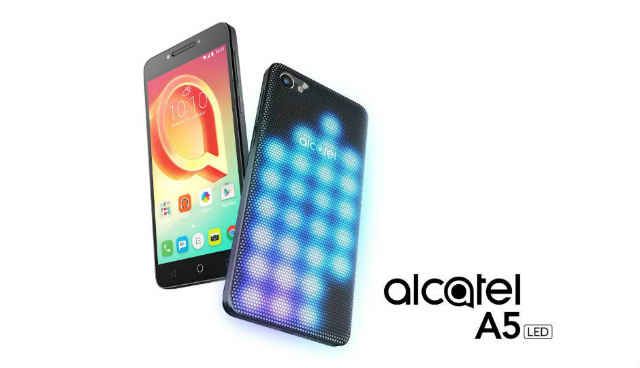Explaining all the new smartphone technology unveiled at MWC 2017
While many of the big OEMs focused on camera technology, some attempted to raise the bar for battery charging standards. Here's looking at all the new smartphone-centric technology unveiled at MWC 2017.
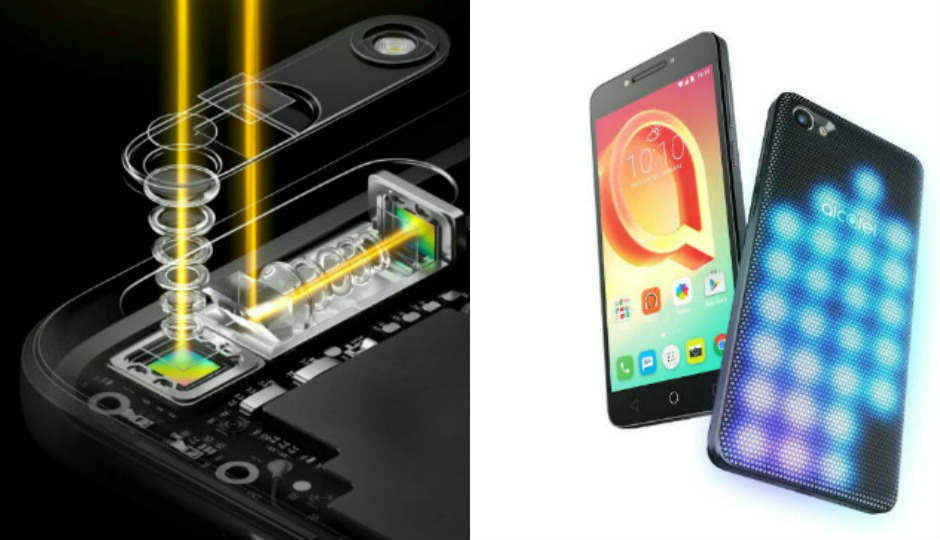
This year, the Mobile World Congress saw a few popular brands skip major announcements, while much of the hype was peaked by Nokia’s return to the mobile phone business. Some brands, however, did pull out neat technology out of their stables in an attempt to provide something new to users. While LG showcased a new, 18:9 display on its 2017 flagship, the likes of Huawei, Oppo and Sony presented new camera technology. Meizu, meanwhile, presented its new fast charging standard, and in what is a seemingly bizarre stunt, Alcatel put multiple LEDs on the back of its new smartphone.
 Survey
SurveyLG G6: The FullVision 18:9 display
While LG kept its dual-camera setup similar to previous implementations, the 5.7-inch QHD+ display on the LG G6 now offers screen aspect ratio of 18:9 and resolution of 1440×2880 pixels. Increasing the display size vertically, and not diagonally has allowed LG to keep the phone’s width under restriction, which in turns makes the large display fit into a comparatively smaller chassis.
The company also advertises the unconventional 18:9 aspect ratio as 30% more accommodating of content, over typical 16:9 wide aspect ratio displays. This also means a richer display with proportionately more pixels and pixel density of 565ppi. The wider aspect ratio may also provide room to allow multi-window operations on your smartphone display, and all of this makes LG’s FullVision display technology a nifty theory. It remains to be seen how it has been implemented.
Huawei P10: Improved lenses, ‘Portrait’ mode
The Huawei P10 and P10 Plus’ cameras are not entirely new technology per se, but so far, they seem to be clever incremental upgrades over the Leica-certified camera mechanism used on 2016’s Huawei P9.
The new smartphones use higher grade Leica SUMMILUX lenses, which have typically been wide aperture lenses capable better shallow depth production, over the slower Leica SUMMARIT lenses used in the Huawei P9. Alongside the upgraded lenses (which may actually make a whole world of difference) the Huawei P10 lineup also houses newer, upgraded sensor. The dual-camera system now uses a 20-megapixel monochrome sensor for details and contrast, and a 12-megapixel RGB sensor for colours. This may actually make photographs even sharper and produce better fine details.
Huawei has also included nifty features like intelligent digital lighting, faster HDR performances and a dedicated ‘Portrait’ mode, which seemingly takes on Apple to produce soft backgrounds. While much of this will be software-induced, using a wider aperture lens will also help the P10’s case. The camera tech in question here is not essentially new, but significantly improved.
Sony Xperia XZ Premium: 960fps slow mo videos
That essentially steals the show. Sony had previously unveiled details about its new image sensor, which uses a dedicated 1GB of DRAM placed in between two CMOS layers to give the sensor a large amount of memory and drastically speed up instant processing. You can read more about the technology in full detail here.
What’s interesting, is that this has also allowed Sony to improve continuous still shooting rate and autofocus times as well. The sensor lowers the dot count and increases size, to now include 19 million larger pixels. Alongside bringing true slow motion video shooting to mobile phones for the first time ever, the Sony Xperia XZ Premium’s camera module also uses a laser AF module and an RGBC+IR metering module with the main 19MP module. Sony also significantly improves autofocus times, thanks to the large amount of DRAM.
All of this makes the Sony Xperia XZ Premium the first smartphone in a while to up the game significantly, in terms of mobile imaging.
Oppo 5X: Dual-camera with 5x optical zoom
Oppo’s big bet right now is on increasing optical zoom capabilities on smartphones up to a serious 5x range. Simply called Oppo 5x dual camera optical zoom, the telephoto lens is placed perpendicularly to the wide angle one, and uses a prism to reflect light by 90 degrees. The moving lens elements are also stabilised to reduce incidental vibrations and shake while zoomed in. To make matters more impressive, Oppo has kept the height of the entire dual-camera unit at a bare 5.7mm.
Apple, interestingly, had filed for a patent that is extremely similar in mechanism, about one year ago. The technology has so far not been exhibited in any smartphone, although we can expect a launch some time soon.
Meizu: Super mCharge fast charging
Meizu’s new fast charging standard makes a pretty hefty claim of being able to power up the average smartphone from 0 to 100% in about 20 minutes. The company states that it uses an 11V/5A charging connector with peak power output of 55W for charging, and even incorporates a heat dissipation system that ensures the battery temperature does not rise above 39 degree Celsius.
The company also uses an upgraded data cable with peak throughput of 160W, and claims to have held tests over 800 charge and discharge cycles with Super mCharge. Even after the entire duration, a standard 3000mAh battery pack is said to have retained 80% of its power. This, on paper, seems to be quite an impressive yet straightforward bit of innovation, although Meizu did not unveil any device with support for the proprietary Super mCharge standard.
Alcatel: LEDs that blink on your phone
Now this is not necessarily groundbreaking technology, but is certainly the most funky of the MWC collective from 2017. Unveiled by Alcatel with its A5 smartphone, a snap-on back cover adds JBL Pulse 2-like zing to your smartphone. Comprised of red, green, blue and yellow LEDs, shaking the phone will alter the LED’s dancing patterns.
What’s more, the LEDs replicate an equaliser when you play music, and relays notifications by indicating a blue F for Facebook notifications, and a green W for WhatsApp. It is slightly recursive in the sense that it will drain more battery than you would ever want, but you cannot help smile at the deliberate dash of glitter here. This particular piece of technology is for fun, and from what we have seen so far, it does seem to be a decent amount of fun too!
